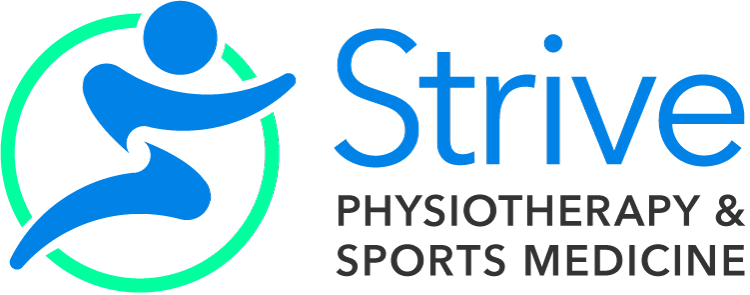Learn more about Temporomandibular Joint Disorder from Patrick.
Temporomandibular Joint Disorder… What Does That Mean? TMD is a collective term describing a combination of clinical problems involving the jaw joint, muscles of the jaw, and related structures such as the neck and shoulders.
Pain and discomfort can arise from different types of tissues in and around the jaw: muscles of mastication (chewing), the joint surfaces and disc involved, referred pain coming from the neck or shoulders, and clicking/popping/joint noise that may or may not be painful as well. All of these can limit the movements of the mouth into opening, closing, and chewing. This pain and discomfort can affect day-to-day things like eating, laughing, smiling, and even breathing! We are here to help you every step of the way to help improve any jaw related issues.
People living with TMD (Temporomandibular Joint Disorders) feel the impacts across all aspects of their lives. Physical pain is not the only factor affecting quality of life. People may refrain from chatting because it hurts to speak. They may have low energy because it hurts to eat. People may not want to go out to dinner with friends and they may fear pain from laughing. Jaw pain has social ramifications. Putting things into perspective, jaw pain is the equivalent of a sports injury for a singer or musician.
What are Common Signs and Symptoms of TMD?
- Pain over the jaw and surrounding muscles
- Pain with chewing, mouth opening or yawning
- Jaw noises (clicking, grinding, crunching)
- Locking (while opening or closing your mouth)
- Headaches in the temple area
- Ear pain, fullness in the ear, ear aches
- Neck/shoulder related pain and stiffness
- Pain with kissing/intimacy
- Clenching/grinding of teeth (overnight or during times of stress)
What Can Cause TMD?
Everyday habits of how you chew, which side of your face contacts the pillow at night, history of dental/orthodontic work can all affect the function of the jaw. Facial trauma such as a blow to the face or athletic injury, concussion, and motor vehicle accidents will impact the TMJ. Acute malocclusion or dental problems will stress the TMJ. Non-traumatic injuries or “micro trauma” include poor prolonged posture and computer use with poor ergonomics (a common culprit). Back, shoulder or jaw strains, and repetitive tasks such as singing or playing musical instruments can all stress the TMJ. Sometimes you are simply having a tasty meal at dinner and you ‘tweak’ a muscle in your jaw as you chew on a piece of steak. Your day to day tasks involving the mouth and jaw can all contribute to TMD related pain
What are Different Kinds of Jaw Problems?
- Muscle related pain (myalgia) includes pain related to muscles of the jaw and/or muscles coming from the neck and shoulder. Pain can come from muscles of the jaw and mouth that are sore/tender, but also referred pain into the jaw can come from muscles at the base from the skull, along the length of the neck, and muscles around the shoulder blade and trunk area. A helpful piece to TMD assessment is determining which muscles are contributing to this pattern of pain
- Joint related pain (arthralgia) is pain or discomfort coming from the jaw joint. This could present with pain on chewing, local tenderness on the joint surface (right in front of the ear hole) and limited range of motion. Along with a pain producing joint, a ‘noisy’ joint/TMJ can be present as well; this can sound like a snap/crackle/pop with any mouth movement, especially far into the range of motion (like yawning or opening wide). Noisy joints can be painful but can be pain free as well.
What to Expect with TMD Physiotherapy?
A TMD assessment will include a thorough testing of jaw motion, muscular and joint examination, jaw movement measurement, and assessing contributing factors coming from the neck and shoulder girdle. Just like how your knee joint can be stiff or your hip flexor muscles can be tight, your jaw joint can be stiff and chewing muscles can be tight too! The important piece to assessment being the determination of what are contributing factors to the overall picture
Sometimes assessments can feel overwhelming with finding multiple things to address: muscle, joint, nerve, coordination. This being said, the more there is to address the more room for improvement there is! A weak muscle can get stronger, a stiff joint can loosen up – always room for a step by step change toward the better. Treatment techniques can include: joint mobilizations and stretches to help increase mobility; intra-oral massage to help release tight muscles that are tricky to approach from the outside; and dry needling or acupuncture are both effective ways to manage jaw muscle trigger points and reduce pain.
Jaw related pain can affect your everyday joys: eating, laughing, and smiling. Getting the right care to address the problems specific to your body is paramount. Physiotherapists are well-trained in the assessment, diagnosis, management and treatment of TMJ disorders. Oftentimes a progress report or letter can be sent over to your dentist, orthodontist, oral medicine specialist, or oral surgeon to make sure everyone in your circle of care is aware of the physiotherapy plan.
What Exercises Can I do at Home?
Specific exercises which are helpful for one TMJ pathology may irritate another. However, breathing control and tongue positioning will decrease joint tension. Place your tongue gently on the roof of your mouth behind your front teeth. Swallow and breathe in this position. Say “Now” “Never” (and repeat). This habit will replace jaw clenching. Try doing the alphabet with your tongue. If you make it to H you are doing great!
Please keep in mind that these exercises were designed as a place to start to address your symptoms. These exercises should not be performed or continued if they cause or increase your pain in any way. Using these exercises for self-management of your symptoms does not replace the value of being assessed by a Health Professional. If you find you need help, let a Strive Health Professional help you, book your time today!
Not sure if TMD Rehabilitation can help you?
You can book a free 10-minute phone consultation with Patrick Quimio, Physiotherapist, who is dedicated to improving the quality of life for those living with TMJ Dysfunction. Please give us a call at 416-486-4776 or book a 10 min Ask a Physio Complementary Q&A appointment online.

Patrick Quimio
PT, MScPT, BKin
Registered Physiotherapist, FCAMPT
Originally from the prairies, Patrick completed his Bachelor of Kinesiology at the University of Manitoba. Because of his interest in musculoskeletal anatomy and physiology, he moved out East to complete his Master of Science in Physical Therapy at the University of Toronto. Since then, he has lived and trained in Winnipeg and Vancouver, completing various continuing education courses in: orthopaedics, exercise prescription, dry needling, acupuncture, manipulation, and therapeutic cupping.


